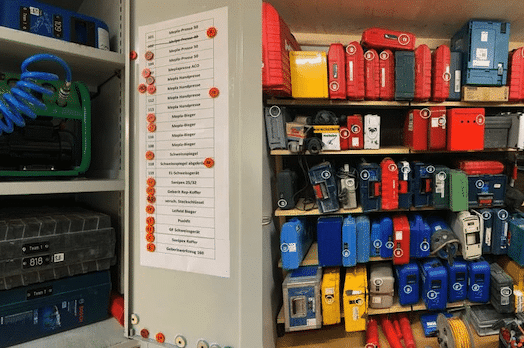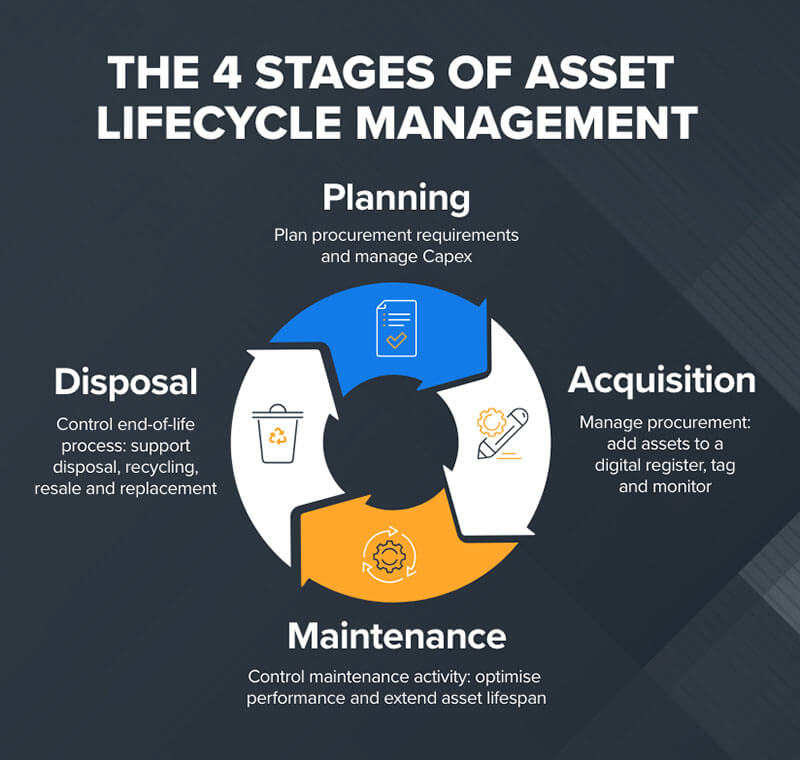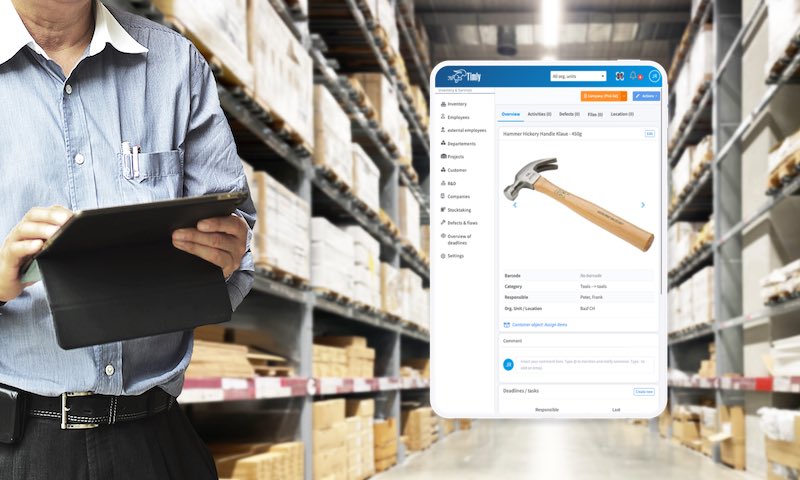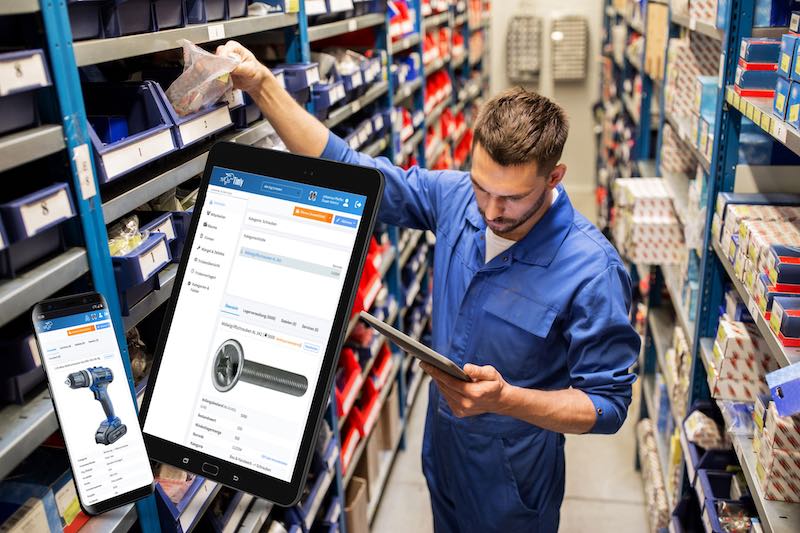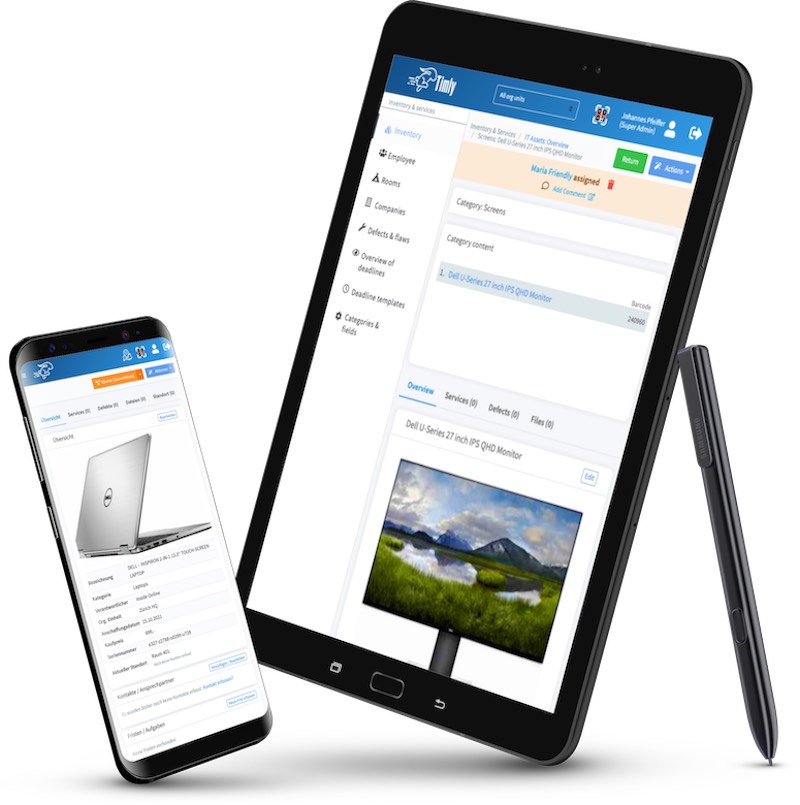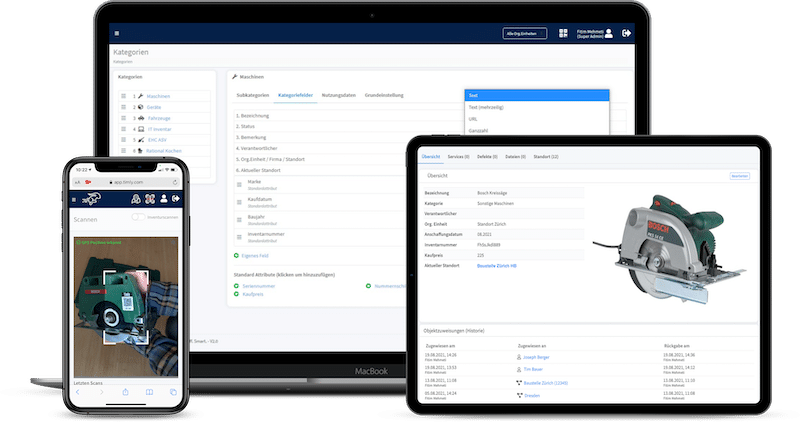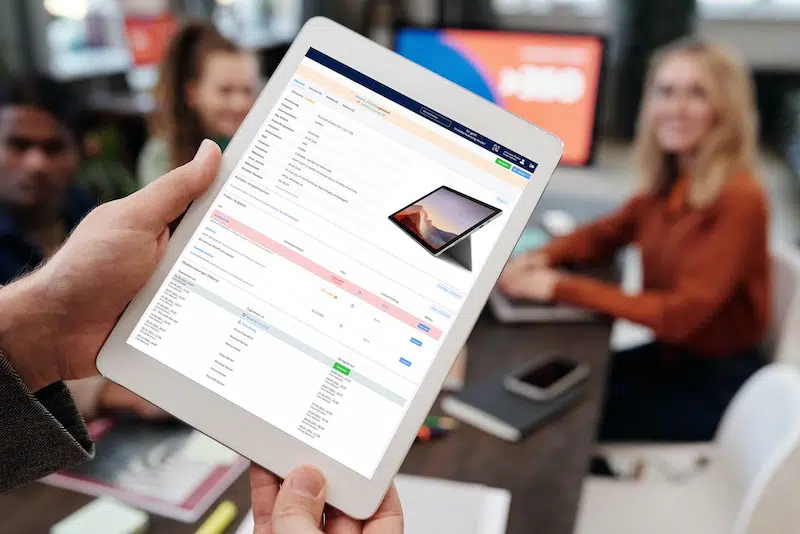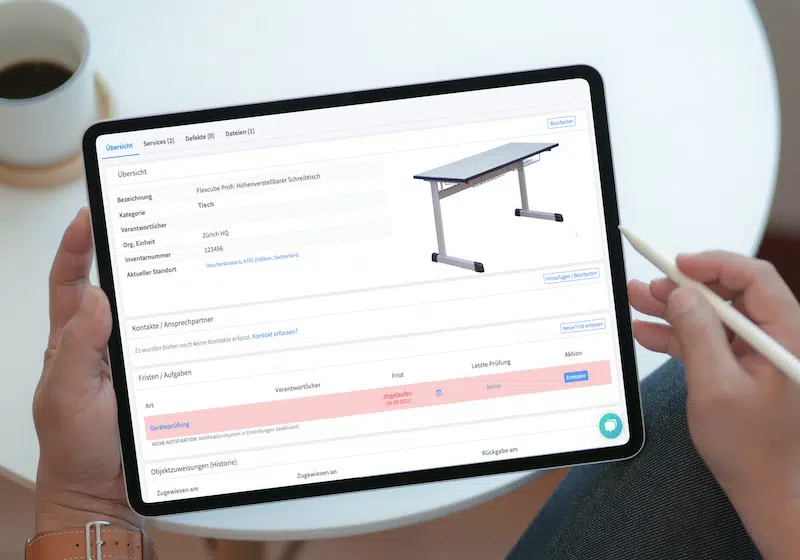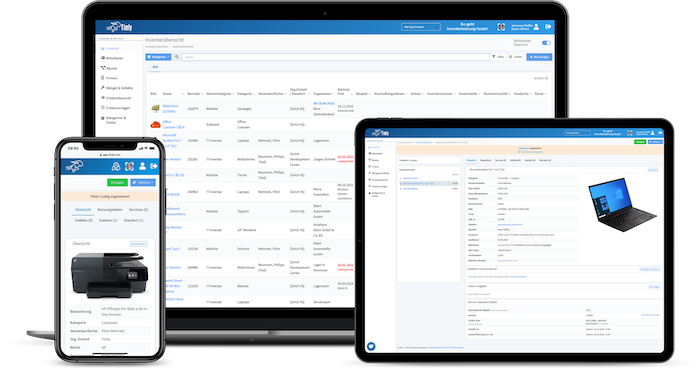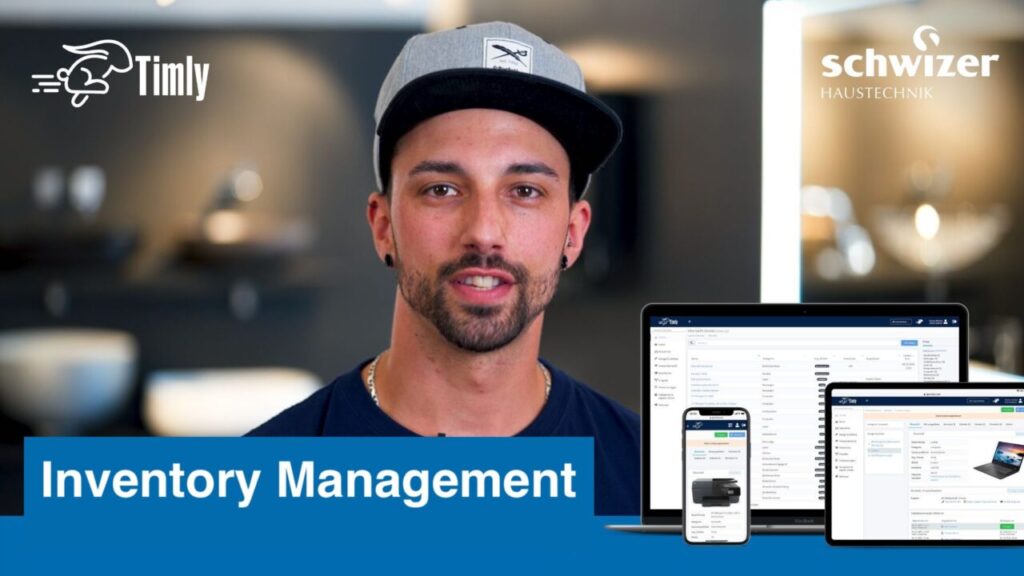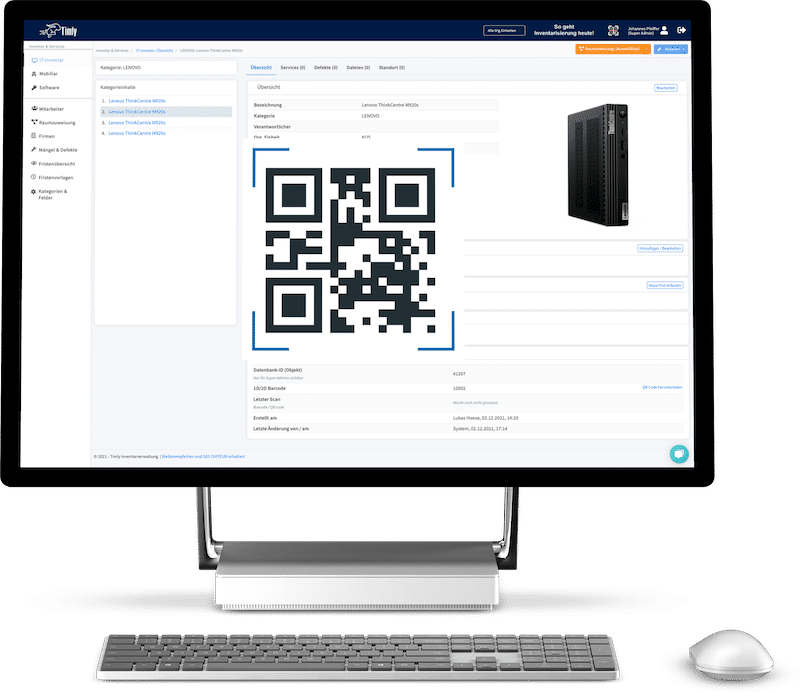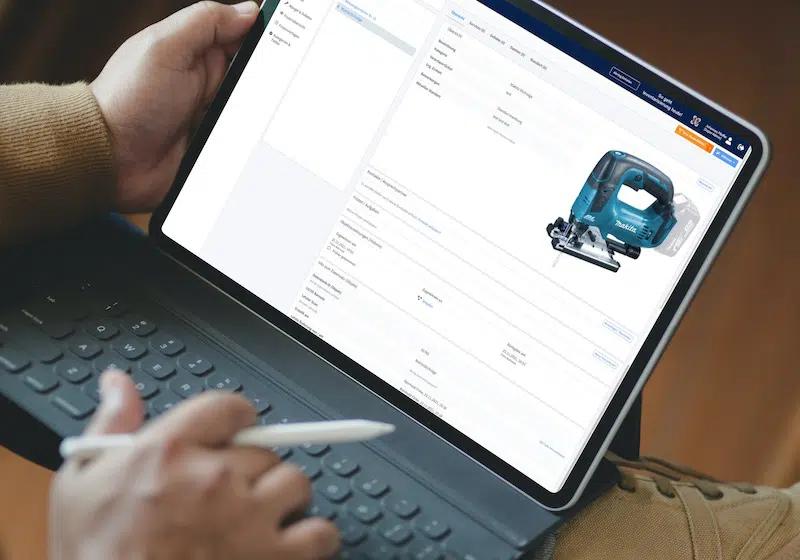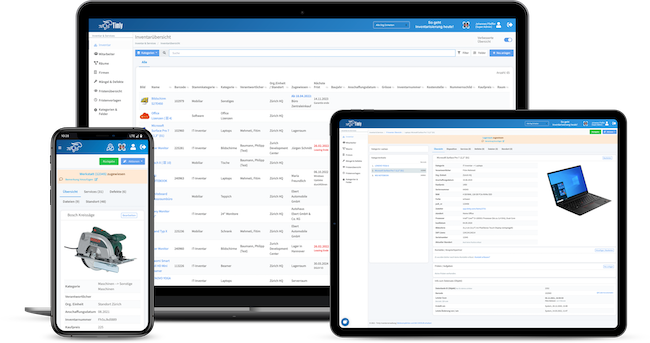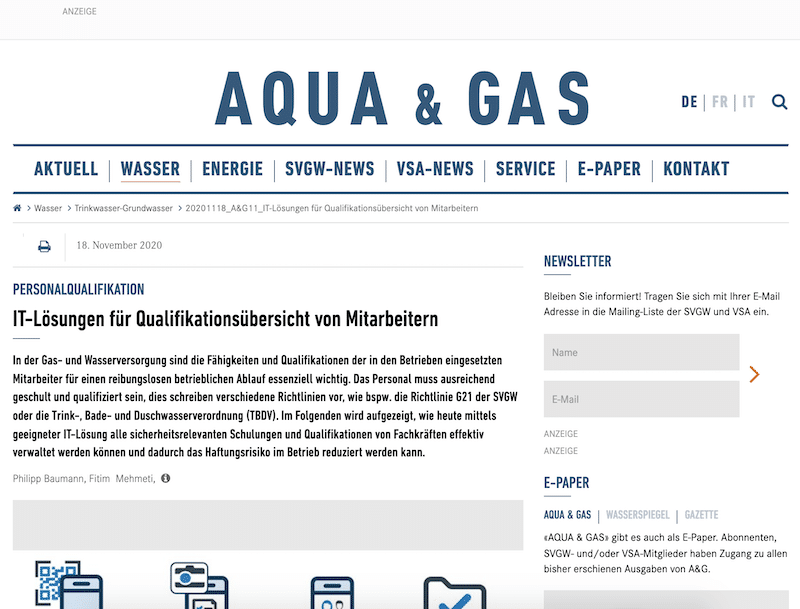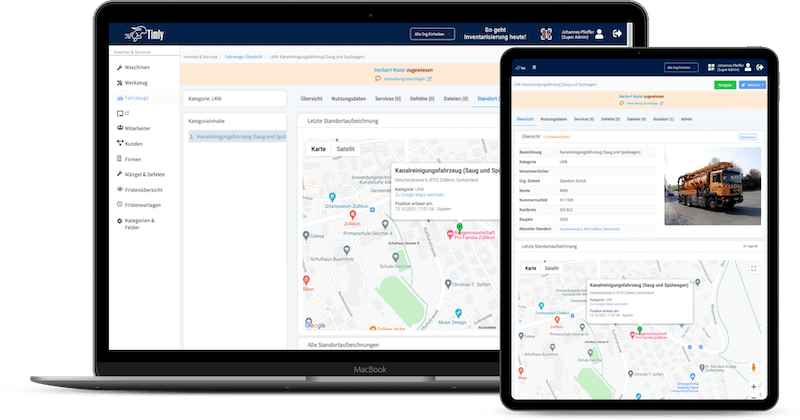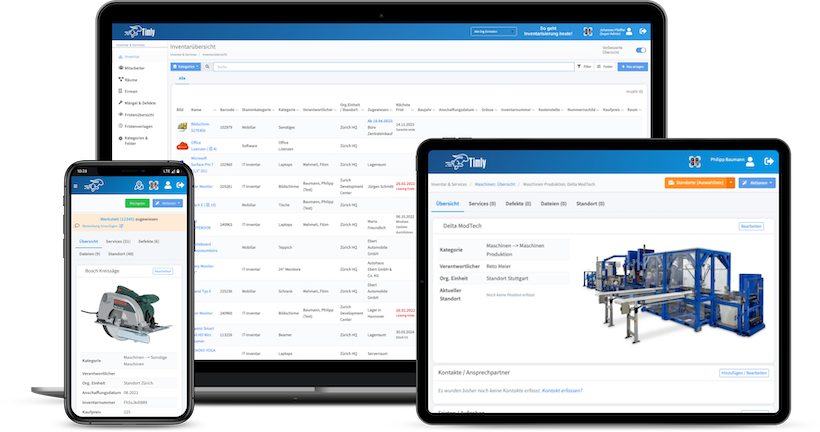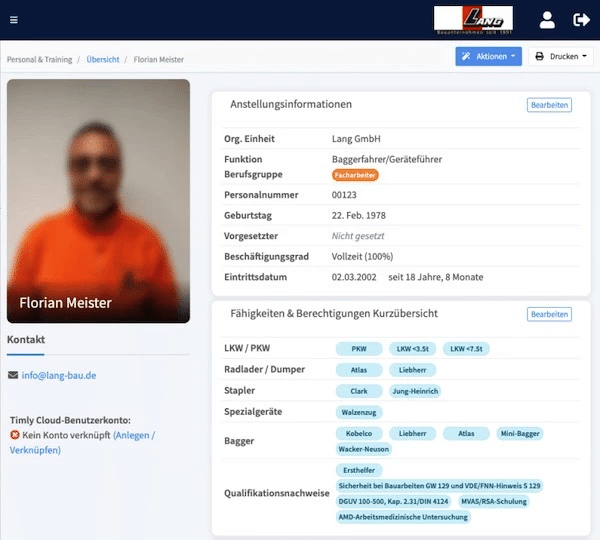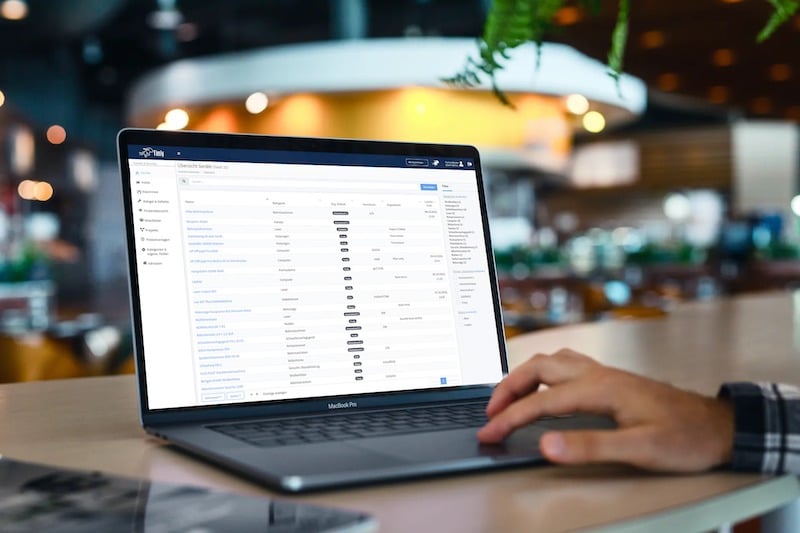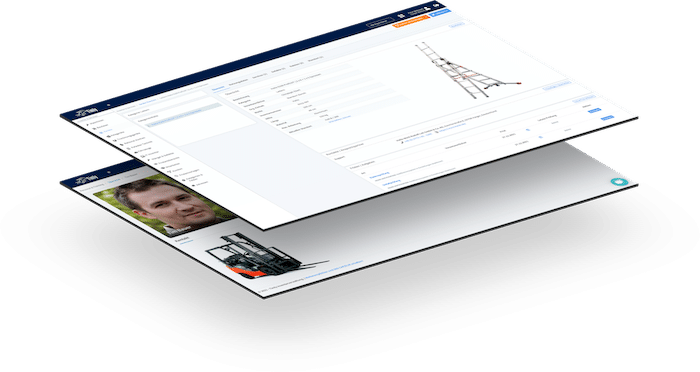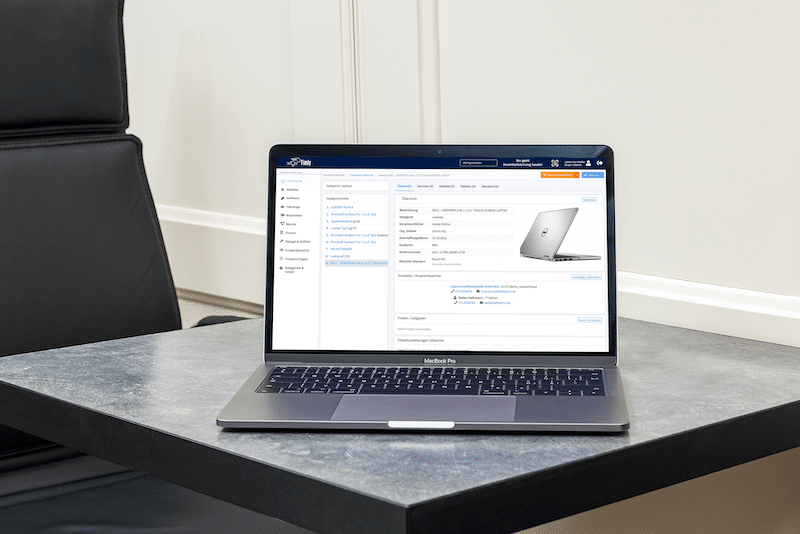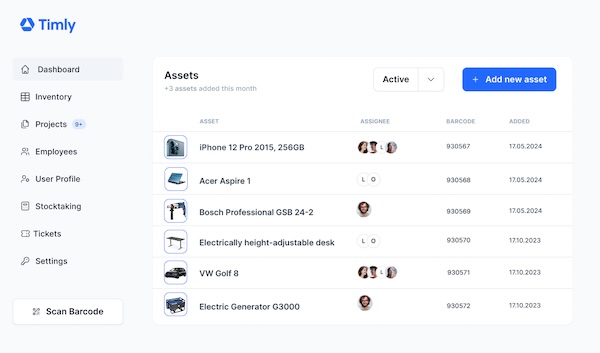
- Inventory is Essential: Many companies are legally required to carry out an inventory. In the UK, this process is governed by accounting standards and regulations such as the Companies Act 2006 and UK GAAP (Generally Accepted Accounting Practice). These rules ensure businesses maintain accurate financial records, including the valuation of assets and stock.
- More Than Compliance: Beyond legal obligations, inventory plays a crucial role in assessing a company’s overall health and guiding decision-making.
- Software Makes It Easier: With the right software solutions, managing inventory and stocktaking becomes more efficient and accurate.
- Inventory and Stocktaking Explained: The Legal Perspective
- Understanding the Inventory List
- What is an Inventory?
- Understanding the 4 Types of Stocktaking
- What is Inventory? Exploring the 3 Inventory Methods
- Inventory in Practice
- What is Self-Inventory?
- The Inventory: Overview and Keeping it Updated
- FAQs About Stocktaking and Inventory
Inventory and Stocktaking Explained: The Legal Perspective
When it comes to inventory and stocktaking, there’s a bit of legal groundwork that UK businesses need to know about. While it might sound complicated, it really boils down to making sure your records are accurate and your financial statements are trustworthy.
In the UK, this process is shaped by laws like the Companies Act 2006 and standards such as UK GAAP or IFRS. These rules are there to ensure businesses keep track of their assets and liabilities properly, helping everything stay above board and complaint.
Key requirements you need to be aware of:
- Accurate Records are Key: Businesses need to keep a clear and detailed account of their inventory, assets, and liabilities. This is essential for staying compliant and understanding the big picture of your finances.
- Annual Stocktakes Matter: At least once a year, you’ll need to take stock of what you have. This ensures your financial data is up-to-date and reflects the reality of your operations.
- Financial Statements Tie it All Together: The results of your stocktaking feed directly into your balance sheet and profit and loss statements. These documents need to be clear, accurate, and in line with proper accounting principles.
Ultimately, these rules aren’t just about ticking boxes. They’re designed to build trust, whether that’s with stakeholders, business partners, or customers. By keeping your inventory in order, you’re ensuring your company’s financial health is reliable and transparent.
Understanding the Inventory List
When considering what is inventory, it’s important to know that there isn’t a strict format for creating an inventory list. However, it does need to meet proper accounting principles and be clear, well-organized, and easy to understand.
Typically, an inventory list should:
- Be Numbered and Categorized: Items should be systematically listed for clarity and traceability.
- Include All Key Categories: These may include assets like materials, cash, and equipment, as well as liabilities such as debts or outstanding receivables.
- Differentiate Between Asset Types:
- Current Assets: Things like stock, materials, or cash that are expected to be used or converted into cash in the short term.
- Fixed Assets: Long-term items such as equipment, vehicles, or property.
- Liabilities: Any debts or outstanding payments owed by the company.
The balance of these categories gives a clear picture of a company’s net assets which is a key figure for financial reporting and decision-making. By ensuring your inventory is detailed and well-structured, you’ll not only meet compliance standards but also gain valuable insights into your business’s financial health.
What is an Inventory?
To put it simply, inventory is the process of updating a company’s records to reflect its current stock and assets.
Since materials, tools and equipment in your business are being used daily and assets fluctuate in value, having up-to-date figures is essential. This is why inventory is typically carried out at least once a year, often at the end of the financial year, when annual financial statements are also prepared.
However, there are exceptions. If conducting an inventory at year-end isn’t practical, perhaps due to staff shortages or seasonal workloads, you may be allowed to postpone it. In some cases, alternative methods, like random sampling, can be used to estimate inventory figures.
Regardless of the method, the goal remains the same: to ensure accurate, reliable records that form the basis of sound financial decisions and compliance with accounting requirements. Understanding what is inventory is a key step toward maintaining an efficient and transparent operation.
Understanding the 4 Types of Stocktaking
1. Key Date Inventory
2. Postponed Inventory
3. Permanent Stocktaking
If flexibility is a priority, permanent stocktaking might be the way to go. With this method, inventory is updated continuously throughout the year. It’s ideal for businesses with fluctuating stock levels and quiet periods that can be used to conduct checks. Digital tools, like inventory management software, make this method an especially good option by maintaining a live stock ledger that integrates seamlessly with other areas of your business.
4. Inventory Sampling

What is Inventory? Exploring the 3 Inventory Methods
Physical Inventory
Asset Inventory
This pertains to fixed assets like machinery, equipment, and tools. Recording these items involves considering their current condition and age, as many assets depreciate with prolonged use.
Book Inventory
In practice, businesses often combine these methods to achieve a comprehensive view of their inventory, ensuring accurate financial reporting and effective asset management.
The Timly Software in Use

Optimized Device Management With Innovative Self-Inventory
SodaStream is the world market leader for water sparkling systems for domestic use and has a lot of IT equipment at its various locations. Many colleagues now work from their home offices. A digital solution for the efficient management of IT end devices became necessary...

Panasonic x Timly: Driving Technological Innovation
One of the most remarkable aspects of human ingenuity is our ability to innovate. Innovation is embedded in the DNA of consumer electronics giant Panasonic, which has diversified into a number of sectors, from heavy industry to construction...
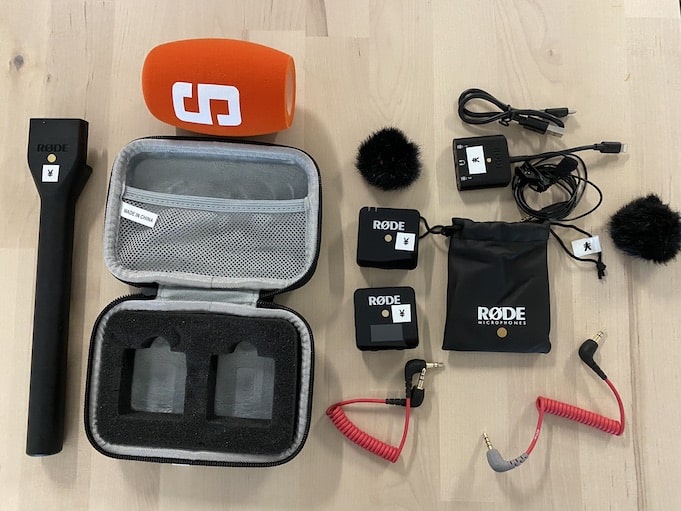
Manage Video Equipment Efficiently Without Much Effort
The Hamburg media company always does outstanding journalistic work and is characterized by independent reporting. In order to maintain journalistic quality, the teams work with highly specialized devices – these need to be managed efficiently...

Smart City Asset Management – Timly in Use at DIGOOH
The core business of DIGOOH Media GmbH in Cologne is to manage digital city light posters (DCLP) for outdoor use in various cities in Germany. The challenge here lies in making the client’s communication message always available at the right time, in the right place...
(No credit card required)
Inventory in Practice
Tips for Effective Inventory Preparation:
- Set Clear Guidelines: Make sure everyone knows exactly what needs to be done, from the direction of counting to the format for recording data.
- Organize by Areas: Dividing stock into specific sections can make the process more manageable and less overwhelming.
- Be Detailed: Clearly define the scope of the goods to be counted, and use precise methods to avoid inconsistencies.
- Monitor Reliability: Assign tasks to dependable employees and ensure adequate breaks to maintain focus. Monotonous activities can lead to errors when concentration wanes.
A well-prepared inventory ensures the final data is accurate and reliable, which is critical for the quality of financial statements. By taking the time to plan and guide the process, businesses can streamline stocktaking and avoid unnecessary complications.
Supporting Your Stocktaking with Software
Advantages of Using Inventory Software
Real-Time Updates
Software like Timly allows for daily updates of inventory records. Whether it’s furniture, tools, or vehicles, all assets can be tracked with customizable categories. This ensures that your inventory is always accurate without needing to manually create lists before stocktaking.
Mobile Accessibility
Efficient Inventory Mode
Location Tracking
Progress Monitoring
With Timly, managers can track the progress of stocktaking in real time, ensuring deadlines are met and identifying potential bottlenecks early.
Automated Reports
Once the inventory is complete, the software generates detailed reports in multiple formats. Calculations are done automatically, making it simple to incorporate results into broader financial processes.
Using advanced inventory management software helps you to streamline stocktaking, reduce errors, and save time—all while maintaining compliance. Tools like Timly make it easy to see why supporting your inventory and stocktaking with technology is a smart investment.
What is Self-Inventory?
That’s where self-inventory comes in. Designed to make stocktaking simple and convenient, self-inventory allows employees to take responsibility for the assets assigned to them.
How Does Self-Inventory Work?
Using software like Timly, they can scan a QR code in the app to record each item quickly and accurately.
Once completed, a written summary is automatically sent to those responsible, keeping the process seamless and transparent.
This approach not only saves time but also ensures inventory records stay up-to-date without the need for centralized stocktaking sessions. Self-inventory empowers employees while reducing administrative headaches making it the perfect option for businesses who have flexible work locations.
The Inventory: Overview and Keeping it Updated
Flexibility and Clarity Lead to Success
Beyond Compliance: Why a Good Inventory Matters
While preparing annual financial statements is an essential outcome of stocktaking, having a permanent, up-to-date overview of your inventory offers wider benefits:
- Improved Workflows: Knowing what equipment and materials are available helps teams work more efficiently.
- Better Decision-Making: Accurate inventory data supports smarter, faster decisions across your business.
Using inventory software to store all information about your work equipment ensures your records are always accessible, accurate, and up-to-date.
FAQs About Stocktaking and Inventory
Why Is Inventory Important for the Balance Sheet?
Inventory reflects a large share of a company’s assets, which fluctuate due to usage or depreciation. Accurate inventory ensures reliable profit and loss assessments.
How Do I Choose the Right Inventory Method?
What Are the Advantages of Cloud-Based Inventory Software?
Does Inventory Software Meet Legal Requirements?
Recommended for you:
Book an online demo - free and without obligation - or create your free trial account directly.















